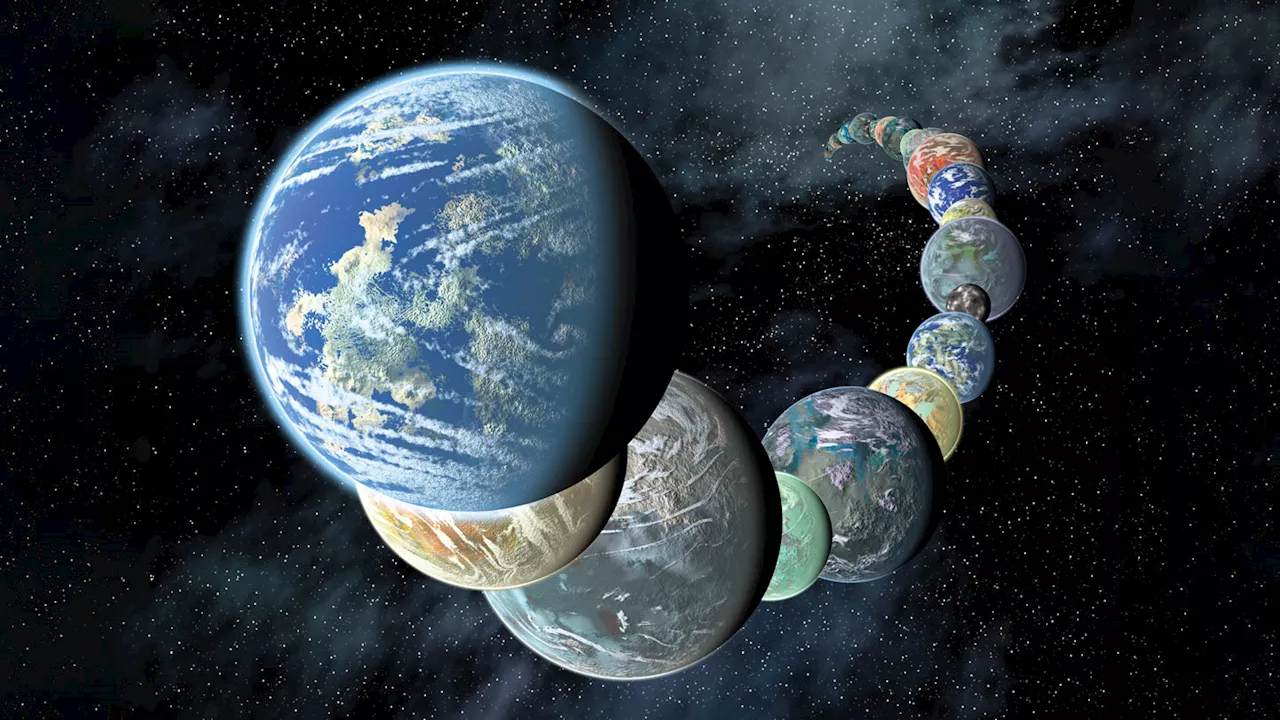A lot of people are focused on signs of alien life, but the space telescope will have a lot to say about exoplanet geology and formation.
Detecting exoplanets used to be so difficult that scientists spotted the first black hole, detected the leftover radiation from the Big Bang and took snapshots of countless distant galaxies before discovering the first planet beyond our solar system in 1992. Plenty of exoplanet astronomers began their careers before the field of exoplanet astronomy even existed.). Given the stream of discoveries, it can be easy to forget how little we still know about these distant worlds.
Most of what we know about exoplanets today comes from the eight planets in our solar system. JWST’s planned 10-year lifetime could reveal a lot, perhaps answering fundamental questions including what exoplanets are made of,Why do some rocky planets have atmospheres and others don’t? Renyu Hu, an astronomer at NASA’s Jet Propulsion Laboratory in Pasadena, Calif., says he and colleagues have settled the atmosphere question for 55 Cancri e, a planet thatof either carbon monoxide, carbon dioxide or a mix of the two with nitrogen. It’s the first detection of an atmosphere shrouding a terrestrial, or rocky, exoplanet.
“I’m really excited about this,” Kreidberg says. “Of course, I want to see the atmospheres. But I think there’s a lot you can learn from the surface also.” The magma oceans on the daysides of lava planets offer about as close to a window into the interior of a planet as astronomers could hope to find. Gases escaping from the magma might give clues to the composition of the planet’s deep interior. And learning what planets are made of can tell astronomers a lot about how these bodies form, and whether their compositions and histories are similar to or different from the way rocky planets form in our solar system.
“They seem to be incredibly common, statistically,” says exoplanet scientist Joshua Krissansen-Totton of the University of Washington in Seattle. “We also really have no idea what they’re made of.”
Indonesia Berita Terbaru, Indonesia Berita utama
Similar News:Anda juga dapat membaca berita serupa dengan ini yang kami kumpulkan dari sumber berita lain.
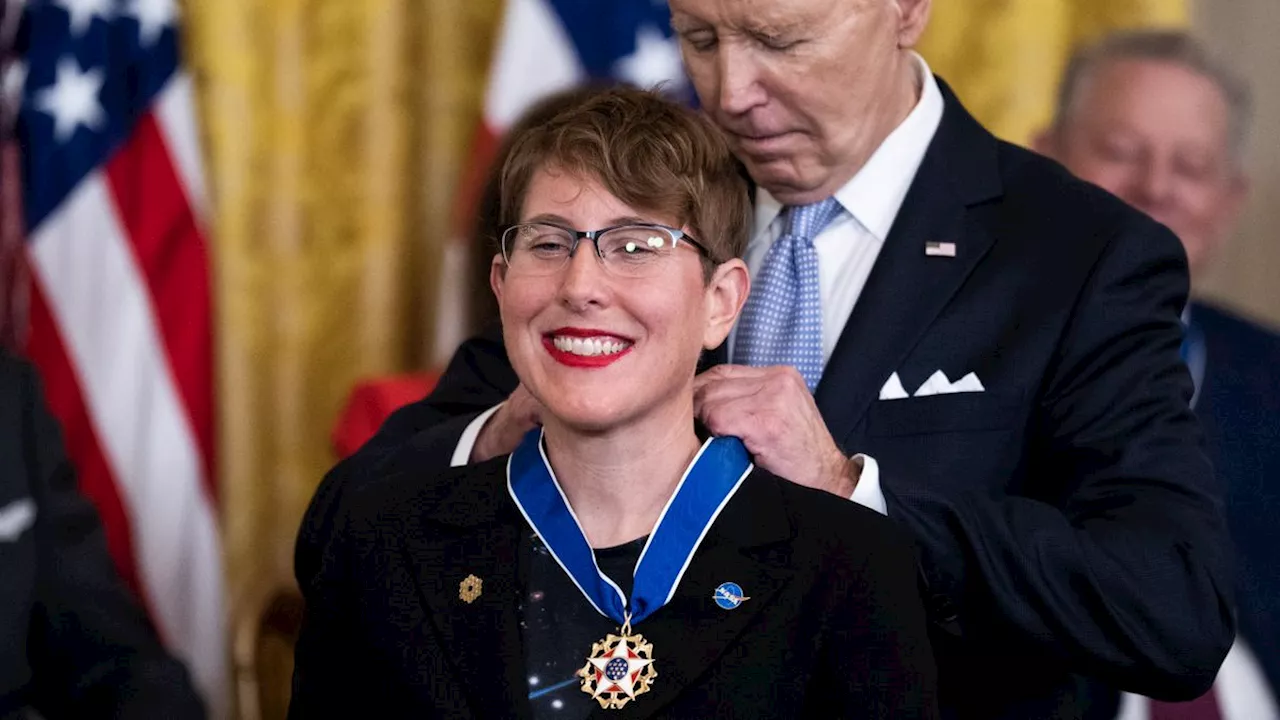 James Webb Space Telescope chief scientist Jane Rigby receives highest US civilian awardMonisha Ravisetti is Space.com's Astronomy Editor. She covers black holes, star explosions, gravitational waves, exoplanet discoveries and other enigmas hidden across the fabric of space and time. Previously, she was a science writer at CNET, and before that, reported for The Academic Times.
James Webb Space Telescope chief scientist Jane Rigby receives highest US civilian awardMonisha Ravisetti is Space.com's Astronomy Editor. She covers black holes, star explosions, gravitational waves, exoplanet discoveries and other enigmas hidden across the fabric of space and time. Previously, she was a science writer at CNET, and before that, reported for The Academic Times.
Baca lebih lajut »
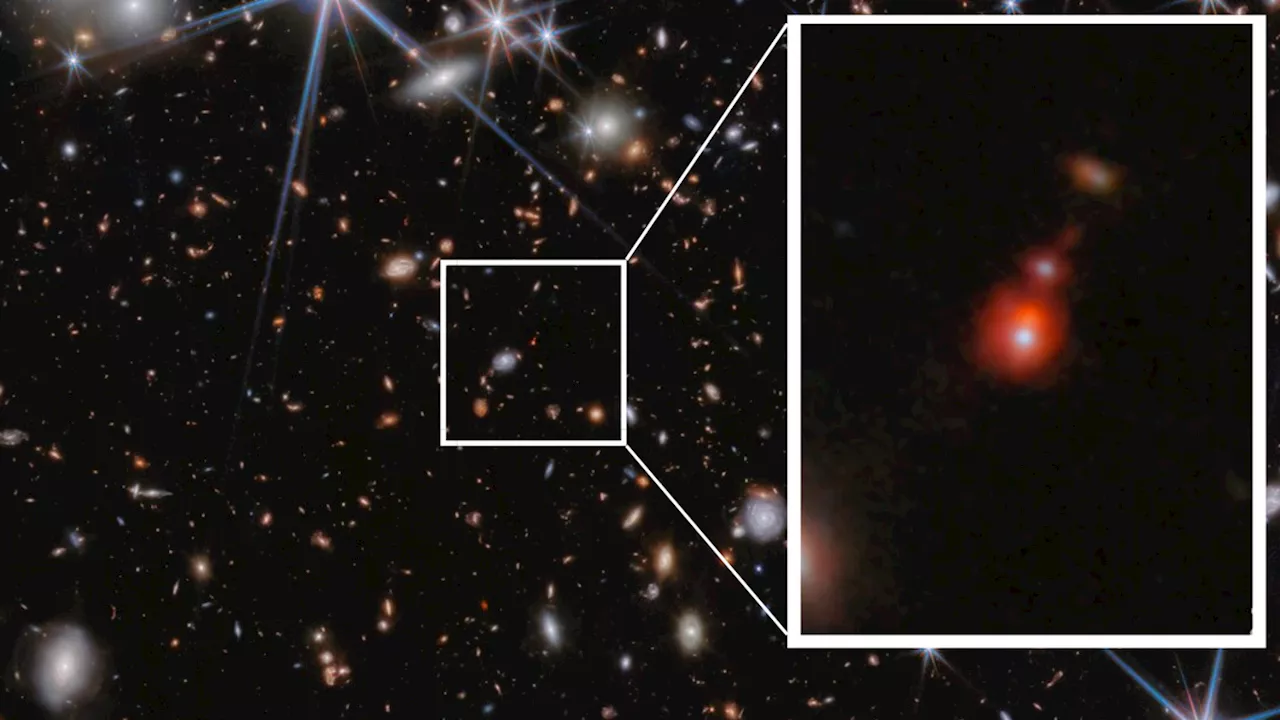 James Webb Space Telescope spots most distant and oldest black hole collision ever seen (video)Robert Lea is a science journalist in the U.K. whose articles have been published in Physics World, New Scientist, Astronomy Magazine, All About Space, Newsweek and ZME Science. He also writes about science communication for Elsevier and the European Journal of Physics. Rob holds a bachelor of science degree in physics and astronomy from the U.K.
James Webb Space Telescope spots most distant and oldest black hole collision ever seen (video)Robert Lea is a science journalist in the U.K. whose articles have been published in Physics World, New Scientist, Astronomy Magazine, All About Space, Newsweek and ZME Science. He also writes about science communication for Elsevier and the European Journal of Physics. Rob holds a bachelor of science degree in physics and astronomy from the U.K.
Baca lebih lajut »
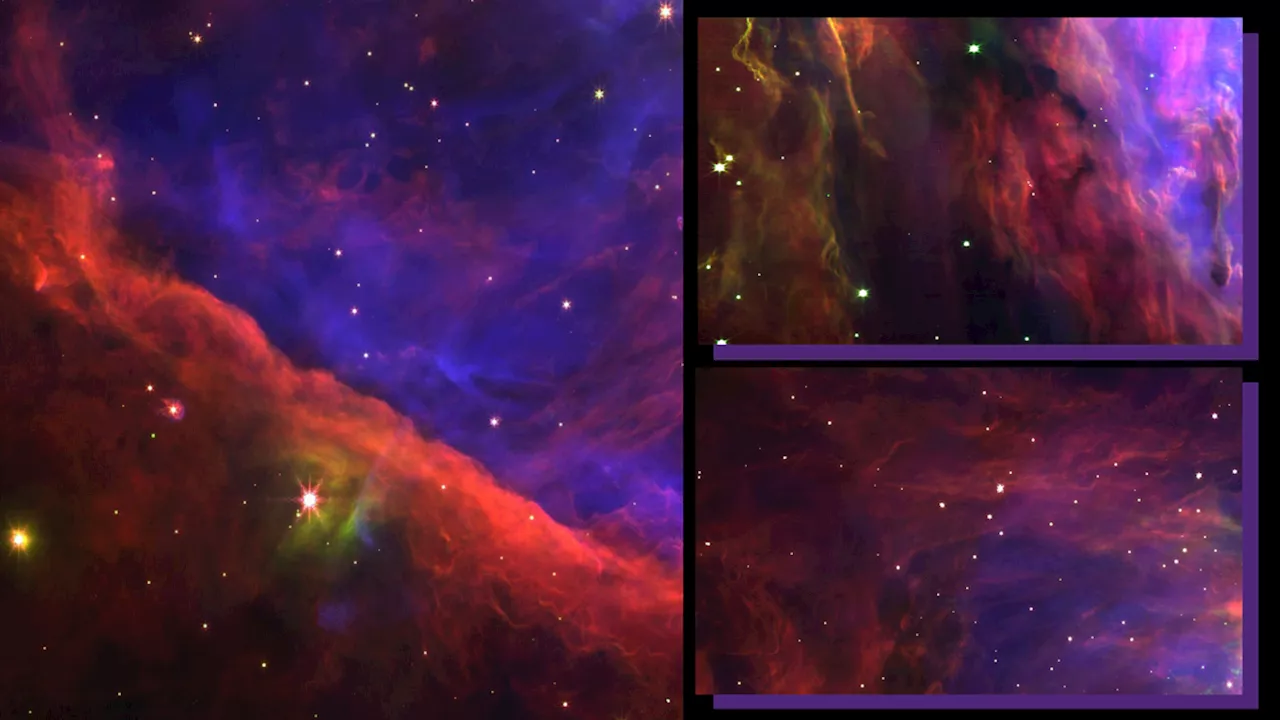 James Webb Space Telescope sees Orion Nebula in a stunning new light (images)Robert Lea is a science journalist in the U.K. whose articles have been published in Physics World, New Scientist, Astronomy Magazine, All About Space, Newsweek and ZME Science. He also writes about science communication for Elsevier and the European Journal of Physics. Rob holds a bachelor of science degree in physics and astronomy from the U.K.
James Webb Space Telescope sees Orion Nebula in a stunning new light (images)Robert Lea is a science journalist in the U.K. whose articles have been published in Physics World, New Scientist, Astronomy Magazine, All About Space, Newsweek and ZME Science. He also writes about science communication for Elsevier and the European Journal of Physics. Rob holds a bachelor of science degree in physics and astronomy from the U.K.
Baca lebih lajut »
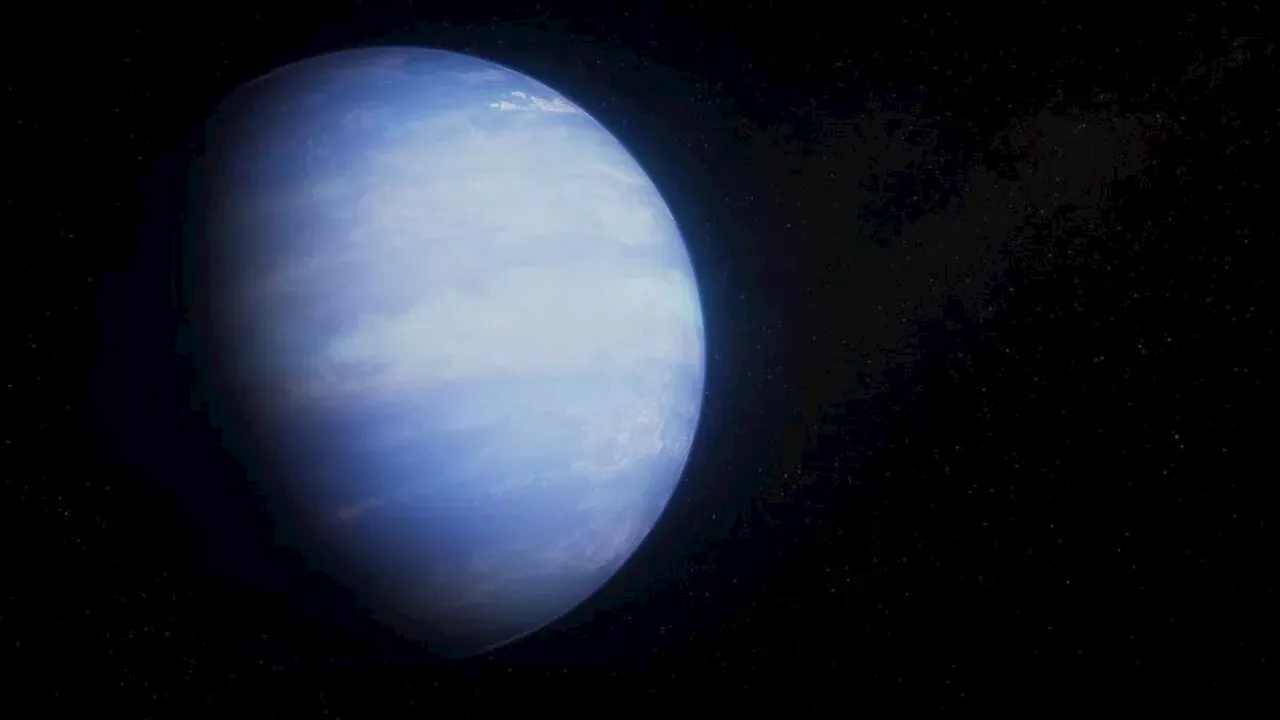 Mysterious 'puffy' planet may finally be explained by James Webb Space TelescopeSharmila Kuthunur is a Seattle-based science journalist covering astronomy, astrophysics and space exploration. Follow her on X skuthunur
Mysterious 'puffy' planet may finally be explained by James Webb Space TelescopeSharmila Kuthunur is a Seattle-based science journalist covering astronomy, astrophysics and space exploration. Follow her on X skuthunur
Baca lebih lajut »
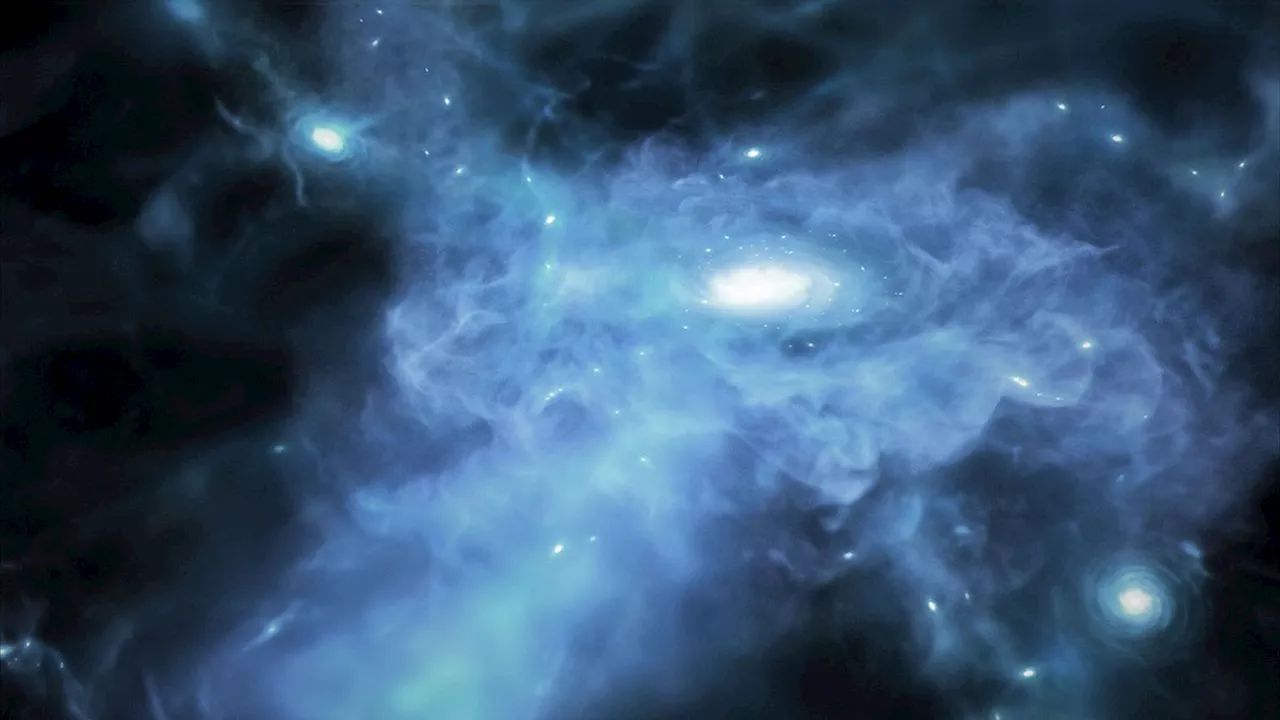 James Webb Space Telescope spots 3 of our universe's earliest galaxiesSharmila Kuthunur is a Seattle-based science journalist covering astronomy, astrophysics and space exploration. Follow her on X skuthunur.
James Webb Space Telescope spots 3 of our universe's earliest galaxiesSharmila Kuthunur is a Seattle-based science journalist covering astronomy, astrophysics and space exploration. Follow her on X skuthunur.
Baca lebih lajut »
 James Webb Space Telescope finds a dusty skeleton in this starburst galaxy's closetKeith Cooper is a freelance science journalist and editor in the United Kingdom, and has a degree in physics and astrophysics from the University of Manchester.
James Webb Space Telescope finds a dusty skeleton in this starburst galaxy's closetKeith Cooper is a freelance science journalist and editor in the United Kingdom, and has a degree in physics and astrophysics from the University of Manchester.
Baca lebih lajut »
